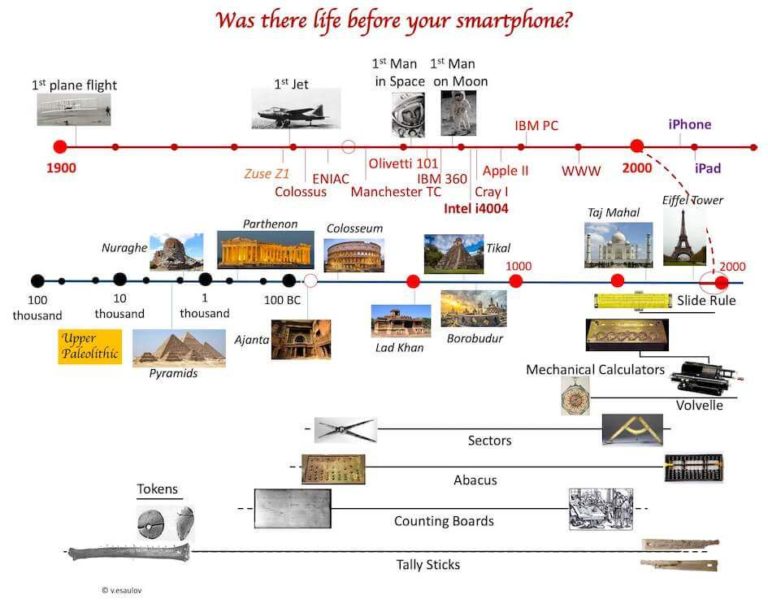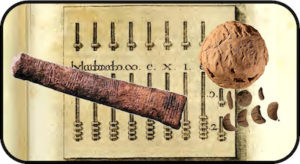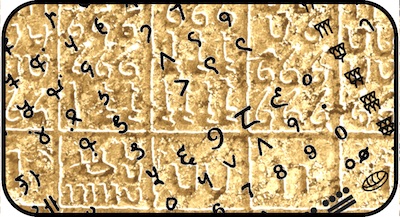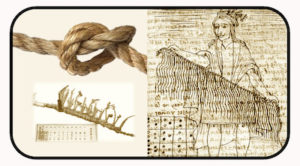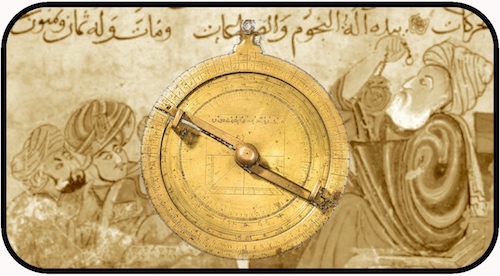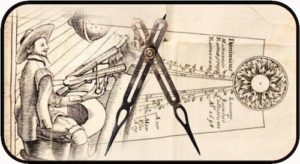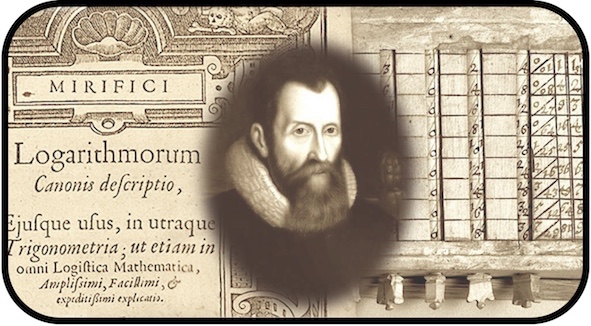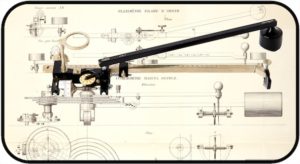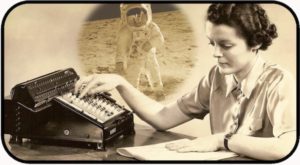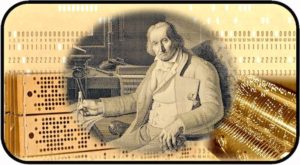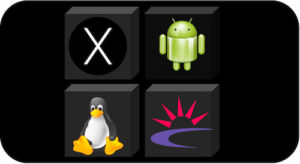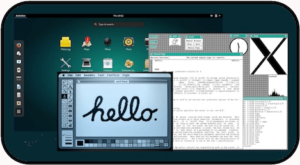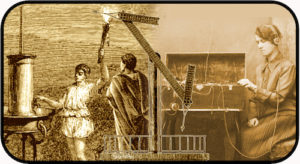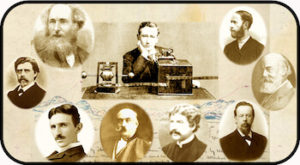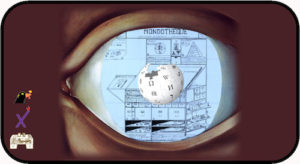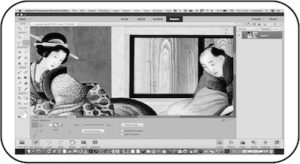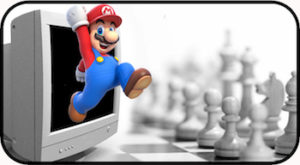Computer History
The past seventy years witnessed a transformation of our ways of thinking, working, communicating, playing and organizing our lives. We live in a global society linked via the Internet. All this is largely due to the development of electronic digital computers in the last 70 years. Can you imagine life today without them? Life without your handy smartphone? Here we provide you with different aspects of computer history. We show you what computers looked like in the past two thousand years and more and how they evolved to today’s friendly pocket supercomputer. The computer story is also one of Communications, Art, Design and Games.
In presenting this history we try to put it in a broad perspective and show how ideas from different walks of life come together and how different cultures contributed to create the modern world.
Pre Electronic Computer Age.
Today your smartphone is thousands of times more powerful than a 1950’s mainframe computer. Do you realise that many things that you see today were built doing calculations by hand or using simple analog mechanical computing devices? Do you know that “computer” referred to a person doing calculations in ancient Rome? The abacus (suanpan, soroban or stcheti in other languages) slide rules, and mechanical calculators ruled the world. An empire thrived with a data storage and an accounting system based on tying knots on strings. A computing division consisted in tens of people doing lengthy calculations by hand or using these mechanical computers. The first jets were built before digital computers existed. Discover this early world in these pages. Pages are being added….
Evolution of computers.
Computer evolution went through several stages corresponding to a number of technical developments. From the point of view of the hardware (the early mechanics and later electronics): this corresponded to the processing units, entry of data and its retrieval and visualisation: storage, presentation and graphics. Software – programming languages and user environment – evolved over time getting more sophisticated and abstracted from the hardware and of course the trend was to make it more user friendly.
It is frequently common to subdivide this development into five generations starting from digital vacuum tube computers. The fifth generation was a term coined by the Japanese ministry for technological development (MITI) in launching a program on massively parallel computer architecture and artificial intelligence (AI). The idea was to build machines with reasoning capabilities as opposed to simple calculators. That program was not successful but the ideas continue to be developed. The timelines given below include the analog beginnings, a zeroth digital generation, for an obscure reason not included usually, and the addition of a 6th generation which really spells out a change. Coming soon…
Getting Computers to Work for You.
How does the mass of electronics components in a box, come to life and what makes it operate in a friendly manner so you can do thousands of different things from writing messages, to doing complex calculations, watching movies and playing games? Who developed the graphical user interface (GUI) you take for granted, before whose existence, you needed to type in strange commands to execute simple tasks like copying a file? Who designed the first step by step instruction set: the program, telling the computer what to do? We look at how the operating systems (OS), GUIs, and computing languages developed and how today, artificial intelligence based applications, allow you to communicate with computers using spoken natural languages.
The Connected World.
How did long distance communications develop? Did you know that ancient Greeks had a sophisticated message transmitting system, akin to Morse code? Did you know that during the French revolution an optical telegraphy system formed a countrywide internet? Who invented telegraphy, the telephone, the radio… What led to the creation of the Internet & the World Wide Web? Check out the following pages for answers.
The Computer & You

